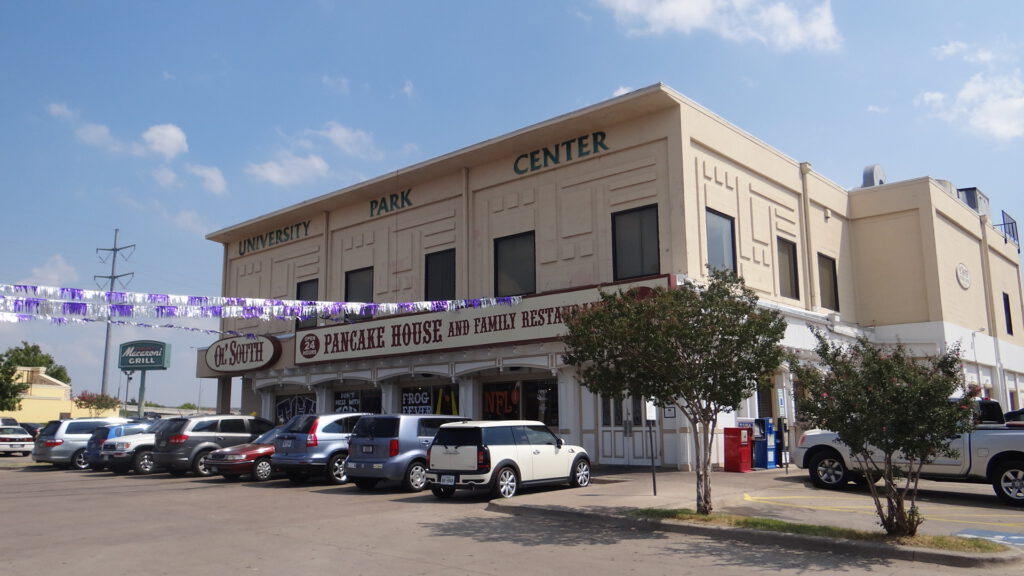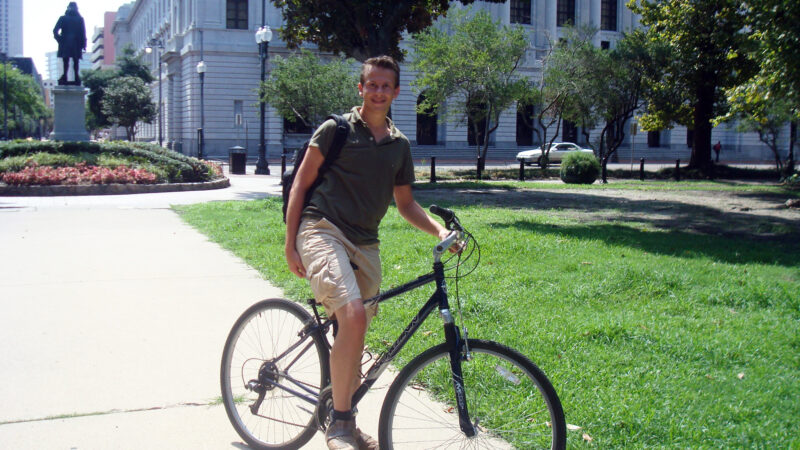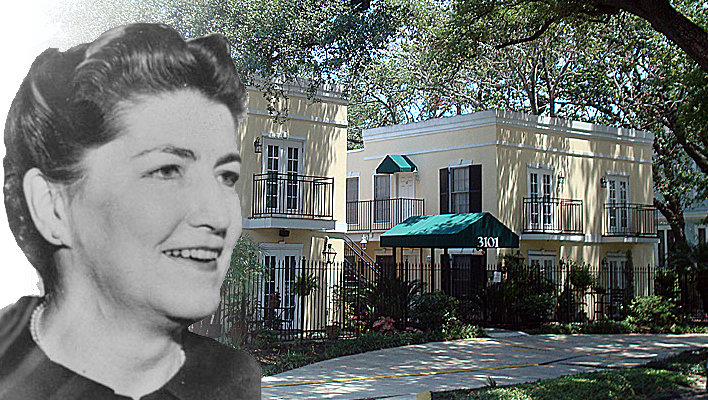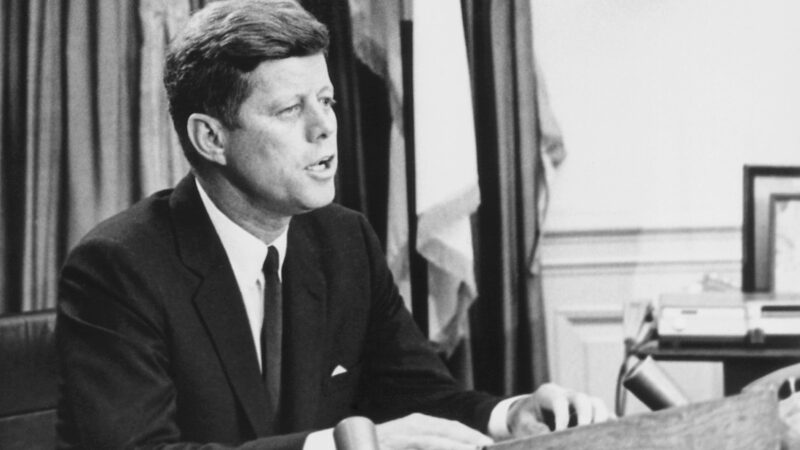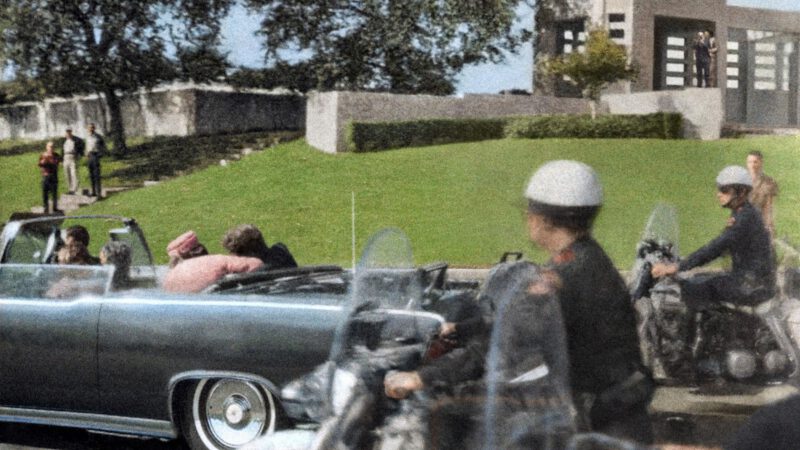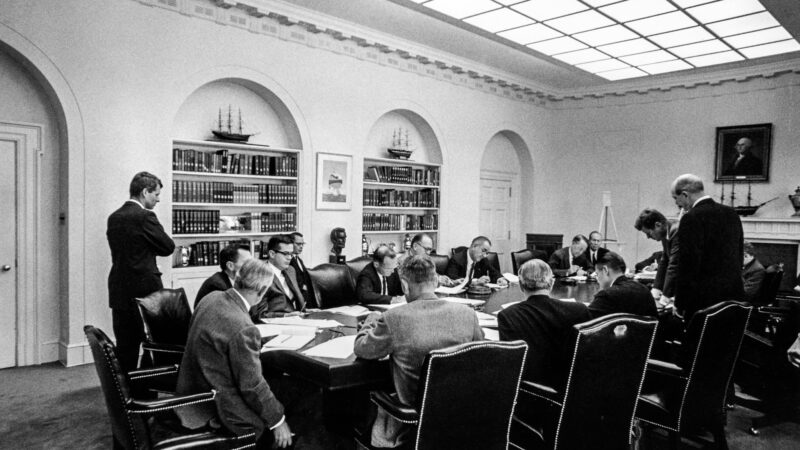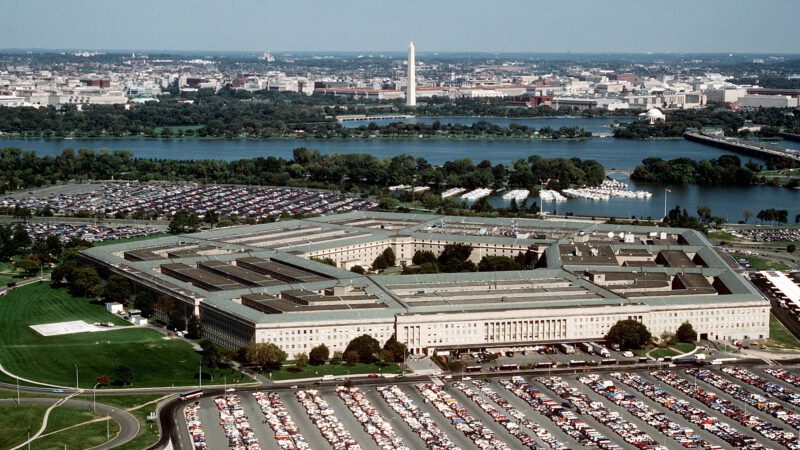The story of James Files and Chauncey Holt
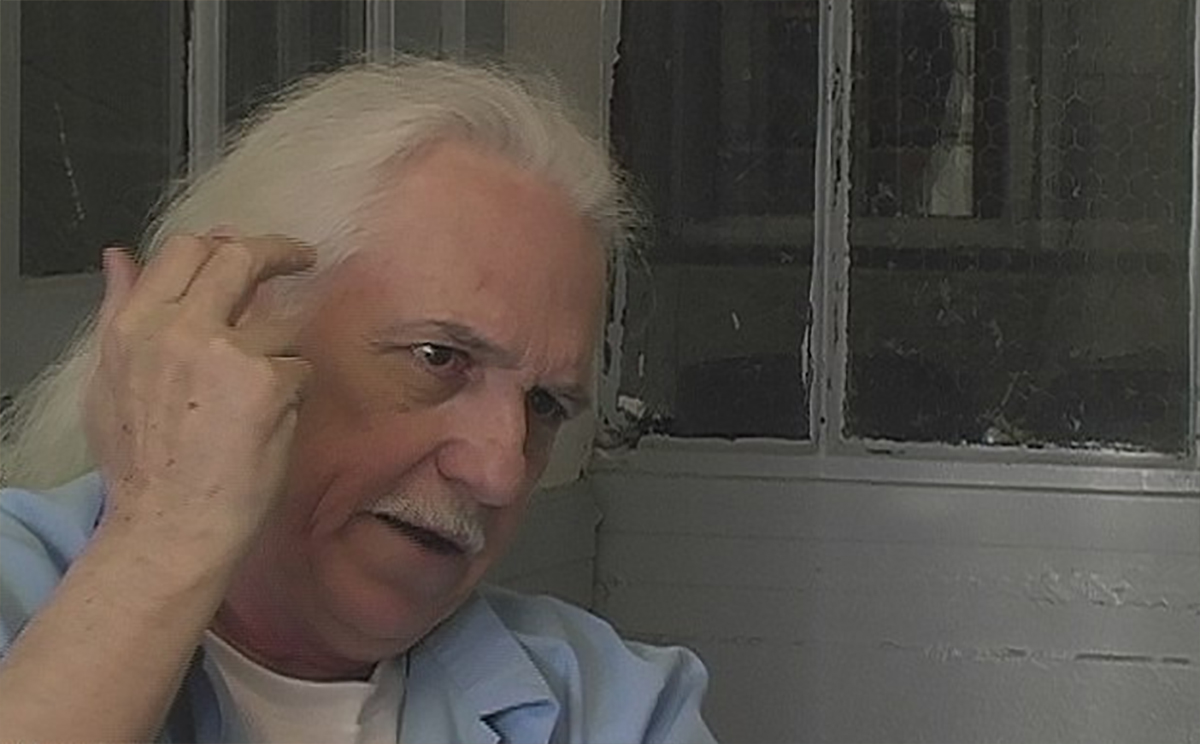
What happened in November 1963? More clarity about the hours in Dallas is provided by the investigation of former FBI agent Zack Shelton, although the real hard evidence that could conclusively close the case is missing. Shelton comes close: even the casing of the bullet that ended Kennedy’s life has surfaced. An interesting yet controversial theory: the story of James Files and Chauncey Holt
Zack Shelton served in the FBI between 1970 and 1998. In 1980, he worked on the James Earl Files case. Files (born in 1942, pictured above) was a criminal from Chicago who had long been working for the local mafia. Through an informant, Shelton learned that Files had made remarkable statements about the Kennedy case. Twelve years later, in 1992, Shelton encountered Texan private detective Joe West. West had obtained evidence indicating that Charles Nicoletti and Johnny Roselli, two mafia leaders from Chicago, were involved in Kennedy’s murder. Shelton knew the criminals from his time in Chicago and was intrigued. He met West and told him about James Files. Files was quickly located: he was in the Stateville prison in Joliet, Illinois, for the attempted murder of an officer in 1991. The gray-haired Files, now in his early fifties, made a full confession on camera at Shelton’s request in early 1994. He claimed to have fired the fatal shot in Dallas on November 22, 1963. With an advanced Remington Fireball XP-100 rifle, Files stated that he hit President Kennedy’s right temple from behind the fence on the grassy knoll. From a distance of about 32 meters, he mercilessly struck him, resulting in the explosion observed on frame 313 of the Zapruder amateur film. After his shot, he walked to a waiting getaway car, passing, among other places, the schoolbook depository. Silhouettes of an unidentified man who initially stood behind the fence and indeed walked towards the infamous depository are visible in photos from witnesses Mary Moorman and Richard Bothun.
After his retirement in 1998, Shelton focused on the case. Files was questioned again, and he confirmed all his previous statements. Shelton couldn’t find any inconsistencies. Every meticulous detail of James Files’ life was then scrutinized. His youth, military service, family and friends, his relationships with the mafia, and his ties to the CIA. Files had been recruited by the intelligence agency for the Bay of Pigs invasion after they had heard about Files’ marksmanship in the Air Force. The same qualities led the mafia in Chicago to hire the young Files as a bodyguard and driver, working for, among others, Charles Nicoletti, the right-hand man of the great mafia boss Sam Giancana. Giancana, Johnny Roselli, and Nicoletti were all murdered in 1975, 1976, and 1977, respectively, just before they were scheduled to testify before the government commission on the Kennedy case (HSCA). Files was kidnapped and tortured by unknown individuals during this period. Police reports confirm that officers found him naked and more dead than alive on the street. Unlike his bosses, Files survived the wave of assassinations in the American underworld.
Chauncey Holt
A certain Chauncey Holt also plays a significant role in the investigations of Shelton. Shortly after JFK’s murder, three men were arrested on the railway yard behind Dealey Plaza, hiding in a wagon. According to the official version, they were three tramps who had nothing to do with the murder and were released without interrogation. Nothing was documented, and no photos were taken by the official authorities. However, onlookers and journalists did take pictures, making the existence of the tramps and their presence on Dealey Plaza public. After much speculation, someone came forward in the early 1990s claiming to have been the oldest of the three “tramps”: Chauncey Holt, a criminal closely associated with both the mafia and the CIA. His talent mainly involved forging documents such as bank cards and identification papers. Holt also revealed the names of the other two: Charles Harrelson, a well-known criminal and father of the famous Hollywood actor Woody Harrelson, and the serious offender Richard Montoya, also known as Charles Rogers. Various forensic artists and facial experts concluded after extensive investigations that the three men were definitively identified “with near certainty.”
A few days before his death in 1997, Chauncey Holt allowed himself to be filmed by his daughter Karyn. The film became public through Shelton. In detail, Holt talked about his remarkable role in 1963. ‘Somewhere in the spring, I was responsible for the production of fake documents. Papers with, among other things, the name Lee Harvey Oswald. I had to forge documents for the CIA quite often, including for Phillip A. Twombly, the chief CIA official on the West Coast. In August 1963, I met Oswald in New Orleans, along with the CIA agents Bud Belcher and Leroy Young, known to me. We were with Oswald when he distributed leaflets near the trade building in New Orleans. A film crew even captured us there. We were mainly there to give Oswald some moral support. On November 15, I was instructed to deliver forgeries to an address in Fort Worth on November 22, half an hour from Dallas. We also had to bring weapons and ammunition to Texas. On the evening of November 20, our car journey to Texas began. I picked up Charles Nicoletti near the Grace Ranch near Tucson, Arizona, the ranch of mafia boss Peter Licavoli. Leo Moceri also rode with us, an underboss of Licavoli. I had to take them to the Cabana Hotel, near Dealey Plaza. In the early morning of Friday, November 22, I dropped them off there in the early hours. Then I brought the prepared forgeries to Fort Worth, as agreed.’ Holt and his people had to load the weapons brought in a pickup, which had to be placed in the parking lot near the railway yard behind Dealey Plaza. These activities might have been observed by a witness. Twenty-three-year-old Julia Ann Mercer saw a man unloading a pickup at that location an hour and a half before the murder. She saw at least one weapon. Unfortunately, authorities never took her seriously. Holt continued: ‘While Kennedy started his motorcade, we had to wait for what was to come. I had a radio receiver on which I could listen to police channels, and on two video channels, we could watch the motorcade directly. This way, we could monitor if everything was going smoothly and communicate with others if something went wrong. Immediately after the murder, I hid with Harrelson and Rogers in the empty wagon, and the rest is history. We were taken out by a group of armed officers around two hours later. When Oswald shouted after the murder that he was just a scapegoat, many things fell into place for me.’
James Files
Holt’s story aligns with James Files on all points. ‘Charles Nicoletti, the man who had taken me under his wing since I was a kid, took me aside six months before JFK’s murder,’ Files told the camera. ‘He told me that he was going to kill the president. Nicoletti told me directly that Roselli also knew about the plot; I knew him from an earlier meeting in Miami. A week before JFK’s arrival, I was already driving to Texas with a Chevrolet full of weapons. I settled in the Lamplighter Inn, an inn in Mesquite, a large suburb of Dallas. After my arrival, I called my boss Nicoletti and my CIA contact, David Atlee Phillips. A day later, a young man knocked on my door, a man I had never seen before. He also claimed to work for Phillips. It was Lee Harvey Oswald. He was allowed to show me his city so that I could get to know Dallas well. After the liquidation, a quick escape was supposed to follow. Bearing that in mind, I had to get to know the region well. It was originally not intended for me to be involved in the actual murder; I was only supposed to serve as a driver. And besides, I took care of preparing the weapons. Work in which Oswald helped me. We were both in our early twenties and spent a lot of time together that week.’
Surprisingly, Files even showed a photo of himself taken by Oswald, right after a shower at the Lamplighter Inn (see below). The two traveled extensively, and Files began to familiarize himself with the streets of Dallas. On November 21, Files received a phone call. ‘Nicoletti called. I had to report to a hotel in Dallas the next morning, where I had to pick up Roselli, who had to be taken to Fort Worth. So, on Friday the 22nd, I was at the agreed-upon place, the Cabana Hotel, at 7 in the morning. After half an hour of driving, the destination was reached: Ol’ South Pancake House, a small pancake house. We went inside, and I had to keep an eye on things while Roselli met someone. A man I didn’t know but who the whole world would know a few days later as the man who killed Oswald. That morning, Roselli met nightclub owner Jack Ruby. A short man joined the group a little later. He handed Roselli an envelope and quickly left the restaurant. On the way back, I saw what was in the envelope: fake police passes and badges indistinguishable from real ones.’ It later became known that some unidentified policemen stopped people near the railway yard for unclear reasons just after the murder. At the time, there were immediate strange feelings about it: the officers acted more boldly than expected from law enforcement. Files: ‘I took Roselli back to the Cabana Hotel in Dallas. While he went upstairs, Charles Nicoletti got into the car with me. We went to Dealey Plaza. Here, about two hours before the murder, I was asked for the first time if I wanted to serve as a backup. If others missed, I would get the last chance to kill JFK. I was honored and took my place behind the fence on the grassy knoll, which became known as the Grassy Knoll. I stood there wearing a hat and with my jacket inside out, revealing a checkered pattern. This made me look like a railroad employee. Behind me was the railway yard, allowing me to leave quickly and unnoticed after my attempt. Nicoletti himself also participated in the mission: he found a spot on the first floor of the Dal-Tex building, across from the schoolbook depository on Houston Street.’ After extensive research, it was established that the trajectory of a bullet fired from that location perfectly aligns with the wounds on President Kennedy’s head and back – unlike the trajectory of a bullet fired from the fifth floor of the schoolbook depository. ‘When Kennedy approached, I heard the shots, and time after time, I saw that the president was hit. I saw his body bend forward, so I knew they had managed to hit him. However, his head was still unharmed, so I didn’t know how serious the injuries were. I wanted to be sure, so ultimately, I shot too. One shot, and an immediate hit. The moments afterward I experienced as in a daze. I stored my gun and walked as quickly as possible to the car, completely ignoring my surroundings. When I arrived, I dived into the car, where Nicoletti and Roselli had already taken their seats. We could get away quite easily. The mission was successful.’ Files earned around $30,000 for his participation.
Testimonies that support the story
There are several testimonies that can support Files’ story. For instance, there is witness Lee Bowers, who served as a signalman for the railways and had a good view of the railroad yard and the fence near the grassy knoll from his tower. Bowers indeed stated that he saw a man in his twenties by the fence, a man wearing a lumberjack shirt. Additionally, he observed a remarkable flash of light in that area, followed immediately by a small puff of smoke. Bowers was not the only one in the vicinity who believed that shots were fired from the Grassy Knoll.
Joe Granata, a former member of the Chicago mafia who was closely associated with Nicoletti, was questioned by Zack Shelton as well. Granata confirmed that Nicoletti had confided in him twice, revealing that he, along with Roselli and James Files, was part of the shooter team in Dealey Plaza.
William Robert ‘Tosh’ Plumlee also corroborated part of Files’ account in a detailed statement. Plumlee flew for the CIA for many years. On November 20, 1963, he was ordered to fly as a co-pilot the next day on a flight from Florida to Houston. One of the passengers on board was mafia boss Johnny Roselli. The group spent the night in a hotel near the airport, and the next morning, they flew to their final destination, Redbird Airport in Dallas, before sunrise. There was a brief stop at a small airport in Garland, a suburb of Dallas. Plumlee stated, ‘There are at least three statements from people who did indeed see me that morning in Garland. Shortly after landing, a car arrived with three people, including Roselli. Then we continued by plane to our final destination, a ten-minute flight.’ Roselli arrived in the city that morning where JFK would arrive a few hours later, at Love Field airport. So, James Files is not the only one placing the mafia boss in Dallas on the morning of the assassination. Plumlee testified before various Congressional committees, and later released FBI documents corroborate his activities with Johnny Roselli. The story fits seamlessly together: Plumlee brought Roselli to Dallas, then the mafia boss was taken to the pancake house in Fort Worth by Files, and then back to Dallas where the president began his motorcade not long after. ‘As a co-pilot, I flew a team into Dallas, and I was told that they were there to prevent an attack,’ Plumlee declared. ‘I was also present at Dealey Plaza. I was on the grassy knoll on the other side of the square, on the south side. During the attack, there were clearly more than three shots heard, and we all smelled the scent of gunpowder near the railroad yard. On the other side of the viaduct, our car was ready to return to the airport, where we departed at two o’clock for the return to Florida. Roselli was not on board this time.’
The bullet casing
And then there is the bullet casing. In 1987, researcher John Rademacher found a .222 cartridge casing near the spot where Files claimed to have stood, using a metal detector. Using modern techniques, it was confirmed that the casing, which was a few centimeters deep in the ground, must have been deposited around the time of the assassination. It turned out to have been suitable for the ‘Fireball,’ the weapon Files claimed to have used. There was a remarkable dent in the casing that no one could identify. When Files was told about the casing, he literally said, ‘If it’s my casing, you can recognize it because my tooth impression is on it.’ There was no way Files could have known that detail about the found casing. What emerged after experts examined the dent? It was indeed the imprint of a human tooth. It could even be identified as which tooth exactly.
With his professional background, Shelton gained a clear understanding of how men like Files, Holt, and Plumlee operated in November 1963. They all told the same story and mentioned the same names, despite not knowing each other. According to the former FBI agent, after decades of uncertainty, the JFK assassination has been solved.
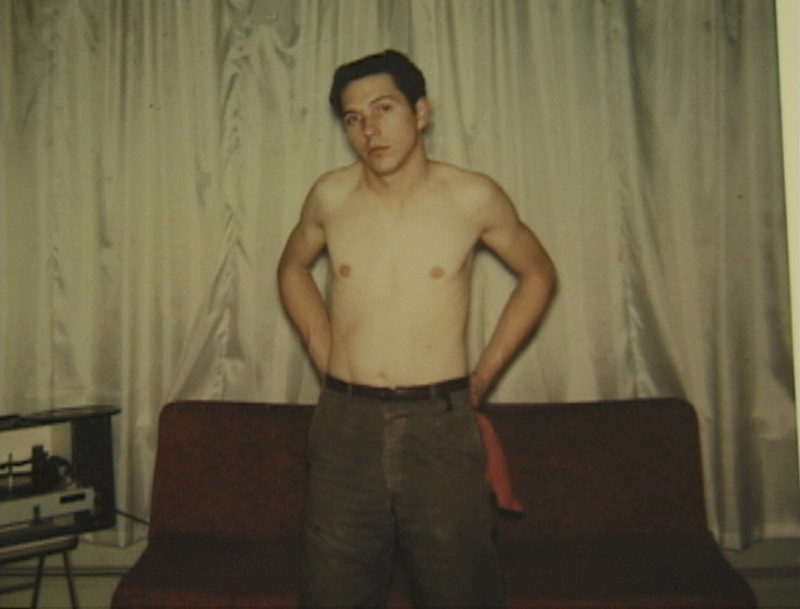
Above you see James Files: according to him, this photo is made by Lee Harvey Owald. The two photo’s below are made by Perry Vermeulen in the summer of 2013. Above is James Files: according to him, this photo is made by Lee Harvey Owald. I became particularly curious about this story through a long broadcast by Peter R. de Vries and Wim Dankbaar in May 2006. In an extensive episode of Dutch crime journalist De Vries, this entire theory was thoroughly explained. I worked on his editorial team at that time, and it was fascinating to be so closely involved in the investigation.
